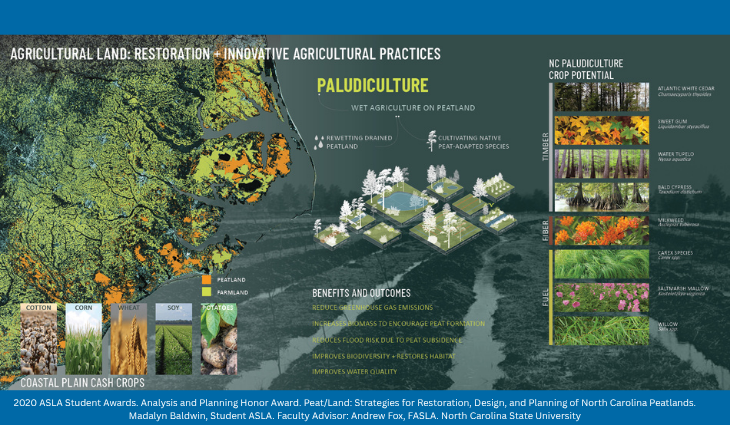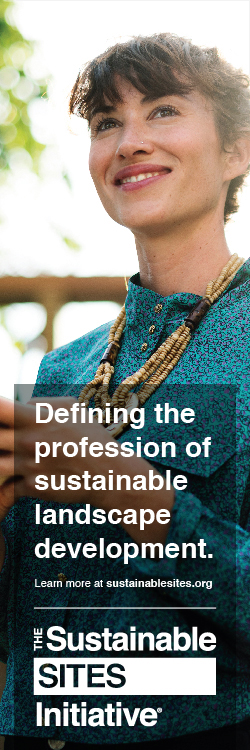ASLA Public Policies: Agriculture & Air Quality Updated
11/18/2025Leave a Comment

During their fall meeting, the ASLA Board of Trustees approved updates to the Agriculture and Air Quality policies.
ASLA Public Policies are educational documents that guide Chapter and member messages on issues that affect the practice of landscape architecture.
Chapters and members are encouraged to use these documents to:
- Advocate to policymakers
- Make statements to press and digital media
- Inform allied professions
- Raise awareness among the public about the nature of landscape architecture.
The updated Agriculture policy (now incorporating the sunsetted Urban & Local Agriculture policy) supports:
- Land use policies that preserve farmland and promote sustainable agricultural practices
- Regenerative, climate-smart practices that protect soil health, enhance biodiversity, use resources efficiently, and support locally owned and produced goods
- Using green infrastructure to manage stormwater, reduce runoff, and filter pollutants
- Reducing dependency on chemicals to minimize risks to human health and the environment
- Agricultural and waste management methods that minimize waste and reduce environmental harm
- Expanding local and urban agriculture to improve food security, increase access to local produce, create economic opportunities, and strengthen social connections and community resilience
- Incorporating school gardens to expand knowledge and appreciation of agriculture and to promote healthy eating and active living.
The updated Air Quality policy emphasizes support for:
- Protecting and expanding green spaces that filter pollutants, store carbon, and reduce climate warming
- Planning and design that improve land use patterns and create walkable, accessible neighborhoods with multimodal transportation to reduce vehicular emissions
- Land management and mitigation strategies that address harmful air impacts from natural disasters
- Roadway corridor design that minimizes impacts to natural areas, protects existing green spaces, and integrates natural processes
- Nature-based design and green infrastructure that filter pollutants in urban and rural environments
- Construction practices—equipment, materials, and techniques—that reduce dust and emissions.
.png)

.png)
.png)
.png)
.png)
.png)
(1).png)

